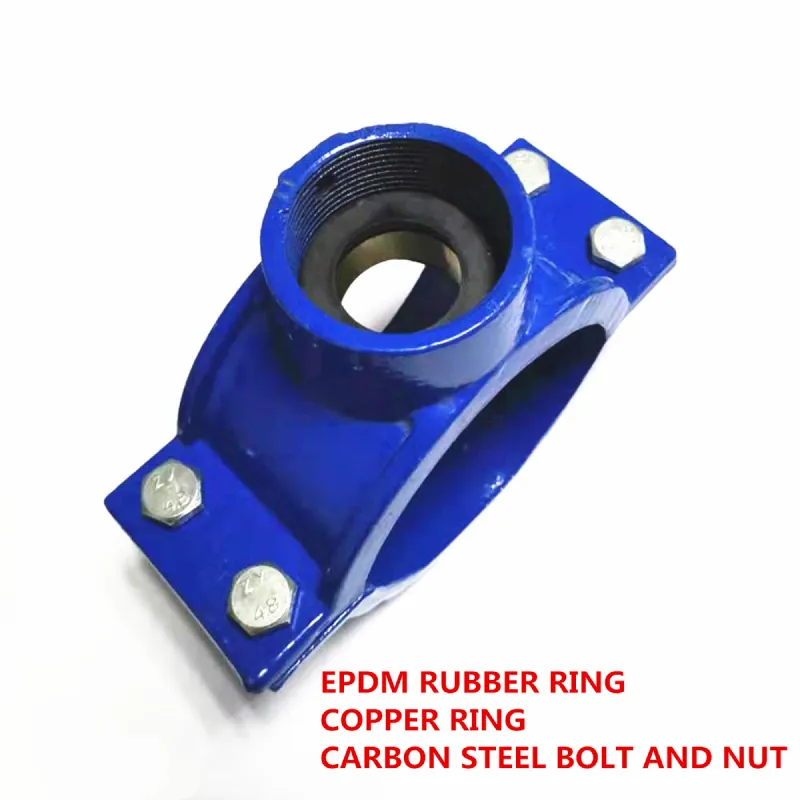Air Receiver Tank Pressure Relief Valve Guide for Safe Operation and Maintenance
Understanding Pressure Relief Valves for Air Receiver Tanks
Pressure relief valves (PRVs) are critical safety devices used in various industries, including manufacturing, petrochemical, and power generation, to prevent overpressure situations in equipment such as air receiver tanks. These valves are essential for maintaining operational safety and ensuring that machinery functions within designed pressure limits.
What is an Air Receiver Tank?
An air receiver tank serves as a storage vessel for compressed air. It is designed to store air from a compressor and maintain a steady supply to downstream equipment. The tank helps to smooth out pulsations caused by the compressor’s operation and provides a cushion to absorb surges in demand. However, compressed air is stored at high pressures, typically ranging from 90 to 150 psi, depending on application requirements. Consequently, if the pressure exceeds permissible levels due to a malfunction or failure in the system, it poses severe risks like equipment failure, explosions, or accidents.
Importance of Pressure Relief Valves
Pressure relief valves act as a safeguard against these potential hazards. They are engineered to automatically release pressure when it exceeds a predetermined level. The main benefits of installing pressure relief valves on air receiver tanks include
1. Preventing Equipment Damage Excess pressure can lead to catastrophic failures in the tank and connected equipment. PRVs help to mitigate this risk by venting excess pressure and ensuring that the system operates within safe parameters.
2. Protecting Personnel Safety Overpressure conditions can endanger workers stationed nearby. By preventing pressure buildup, PRVs enhance workplace safety, reducing the risk of accidents and injuries associated with explosions or equipment failures.
3. Compliance with Regulations Many industries are governed by strict safety standards and regulations, including those from organizations such as OSHA (Occupational Safety and Health Administration) and ASME (American Society of Mechanical Engineers). Pressure relief valves are often mandatory to comply with these standards and ensure that safe operating conditions are maintained.
4. Enhancing System Efficiency When a PRV functions correctly, it ensures that the compressor and related equipment are not subjected to unnecessary stress. This efficiency can lead to lower maintenance costs, reduced downtime, and an extended lifespan of the machinery.
Types of Pressure Relief Valves
pressure relief valve for air receiver tank

There are various types of pressure relief valves available for air receiver tanks, including
- Spring-Loaded Valves These are the most common types. They consist of a valve and a spring mechanism that opens the valve at a designated pressure. The spring is adjusted to set the allowable pressure limit.
- Pilot-Operated Valves These valves utilize a smaller pilot valve to control a larger main valve. They are suited for applications requiring higher flow rates and more precise pressure control.
- Direct-Acting Valves These valves operate directly based on the system pressure. They are typically easier to maintain and are effective for low-flow applications.
Installation and Maintenance
The installation and maintenance of pressure relief valves are paramount to ensure functionality. Proper installation involves selecting the appropriate valve size and type based on the tank’s specifications and the maximum allowable working pressure (MAWP). It is crucial to follow manufacturer guidelines and local regulations during installation.
Routine maintenance checks are necessary to ensure the valve operates effectively. These checks should include
- Inspecting the valve for corrosion, leaks, or physical damage. - Testing the valve‘s mechanical action to ensure it opens at the correct pressure. - Cleaning the valve to remove any debris that may impede its operation. - Adjusting the settings as needed based on the system's pressure behavior.
Conclusion
In summary, pressure relief valves are integral to the safe operation of air receiver tanks. They provide essential protection against overpressure situations, safeguarding equipment and personnel while ensuring compliance with safety regulations. Understanding their importance and implementing regular maintenance practices can significantly enhance both the safety and efficiency of air compression systems, thereby contributing to a safer workplace and reliable production processes. Investing in quality pressure relief valves and adhering to best practices in their installation and upkeep is not just a regulatory requirement; it is a key responsibility for any industrial operation handling compressed air systems.
-
The Essential Component for Safe Urban InfrastructureNewsMay.14,2025
-
The Backbone of Urban InfrastructureNewsMay.14,2025
-
Practical and Stylish Solutions for Your Drainage NeedsNewsMay.14,2025
-
Lamphole Frame and Cover: Essential for Urban InfrastructureNewsMay.14,2025
-
A Seamless and Aesthetic SolutionNewsMay.14,2025
-
A Must-Have for Safety and DurabilityNewsMay.14,2025
-
Pipe Repair Clamps: Your Ultimate Solution for Efficient RepairsNewsMay.09,2025
